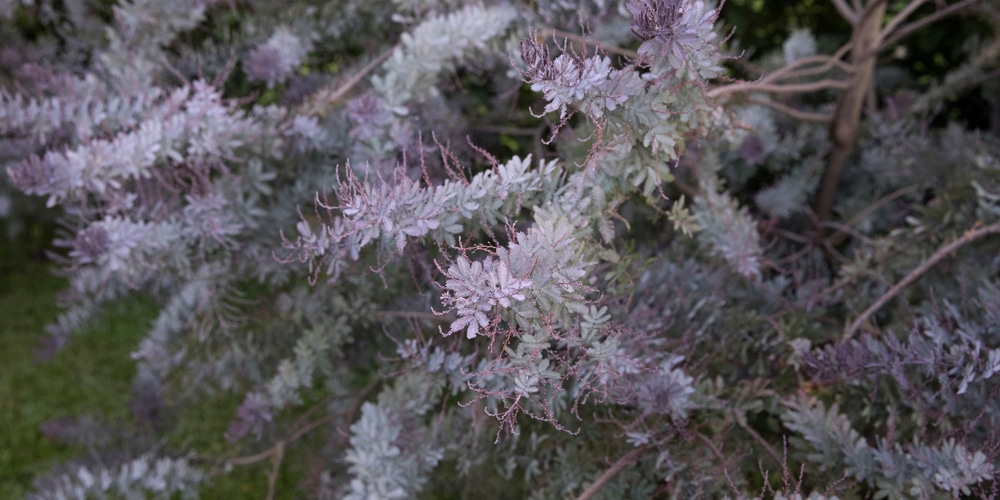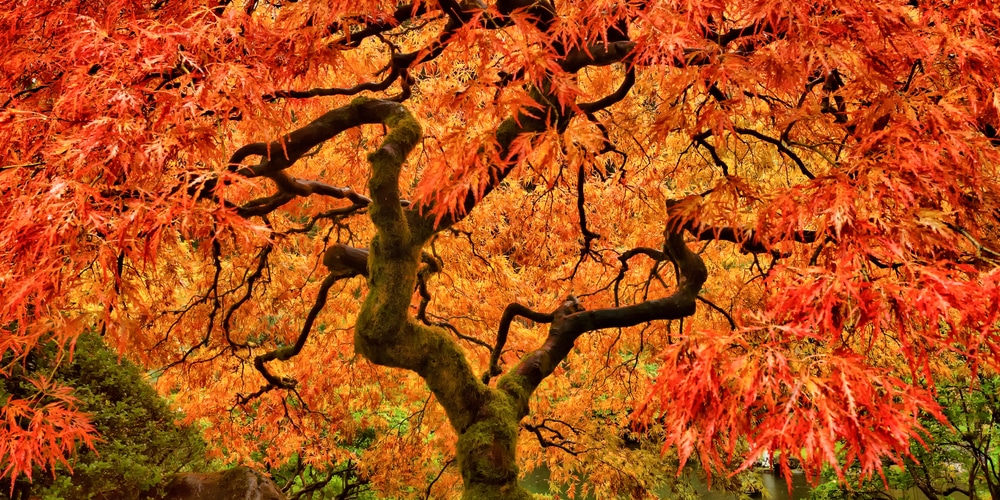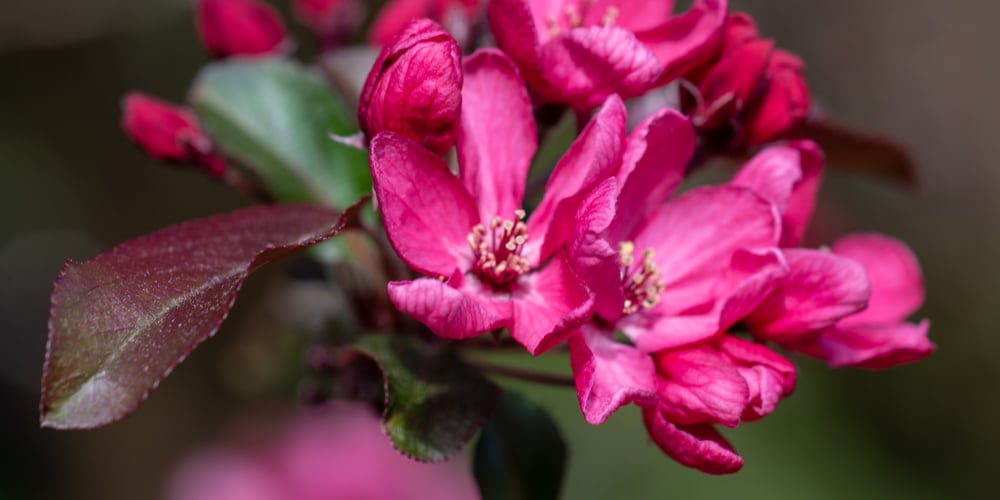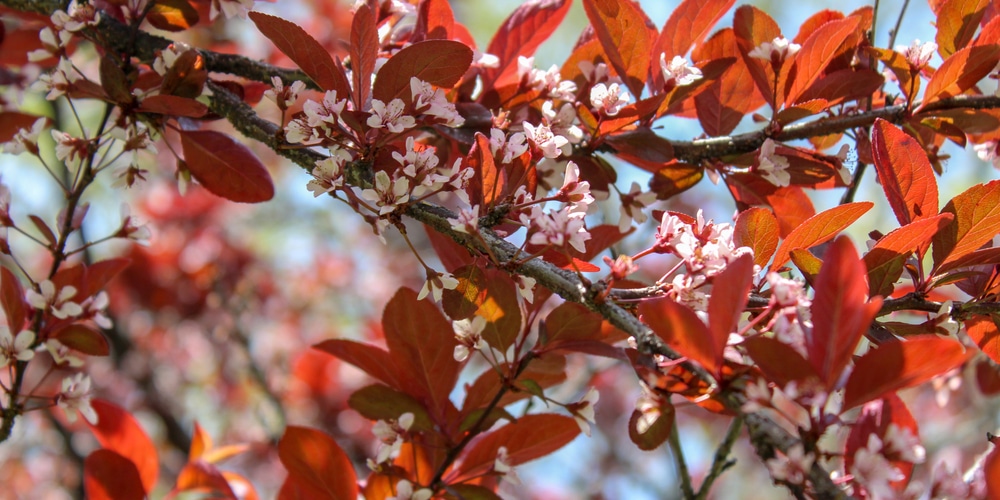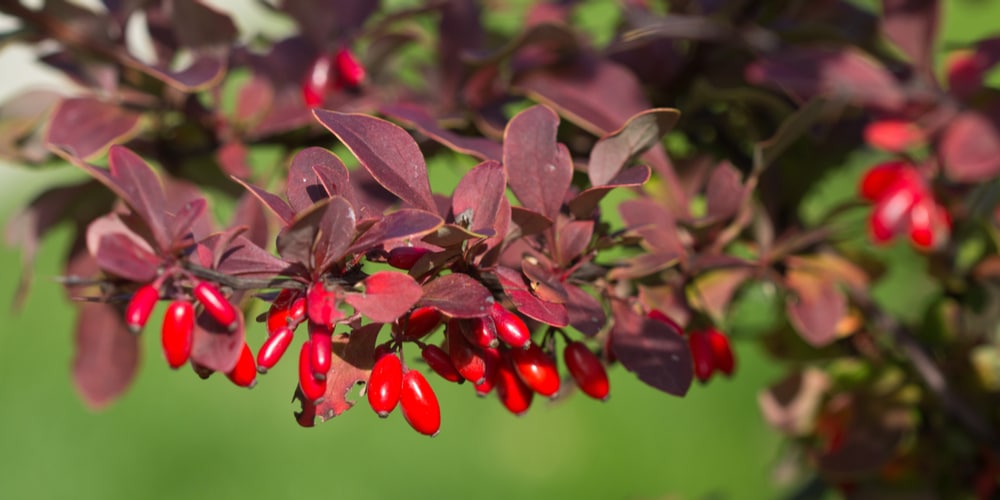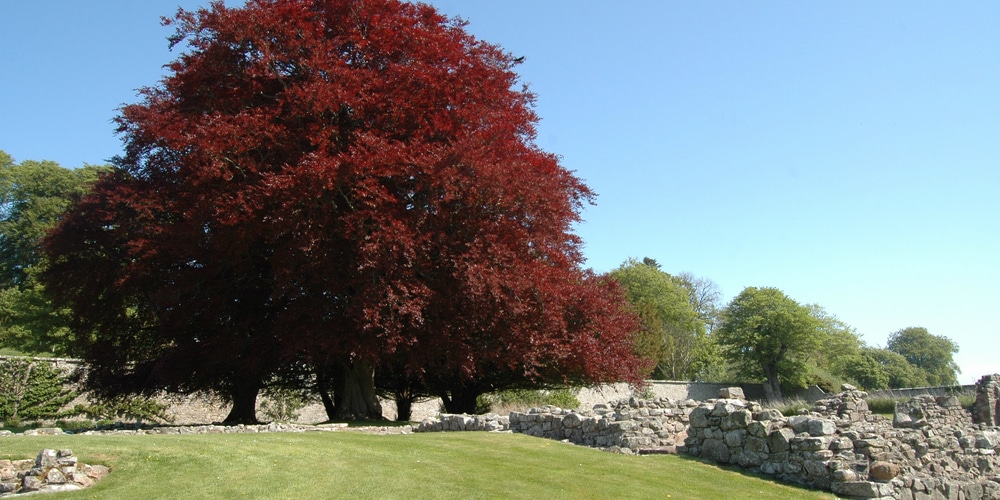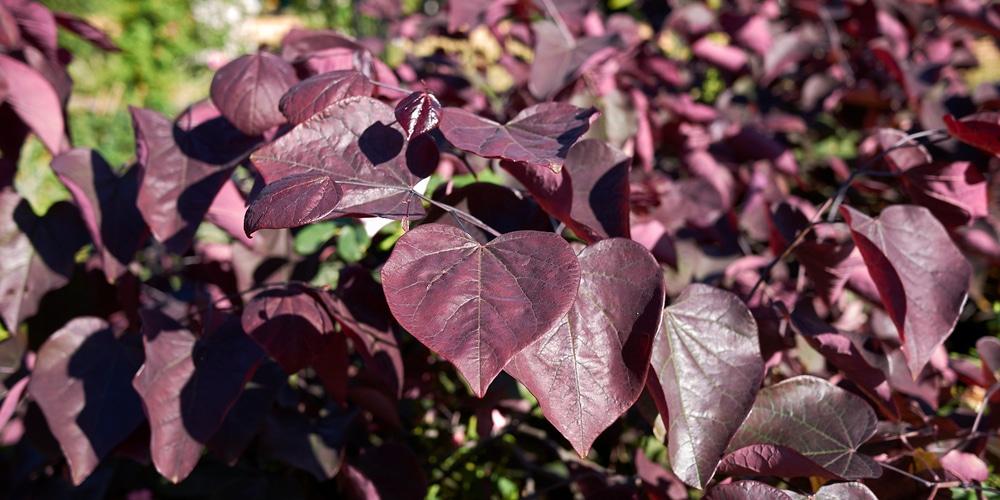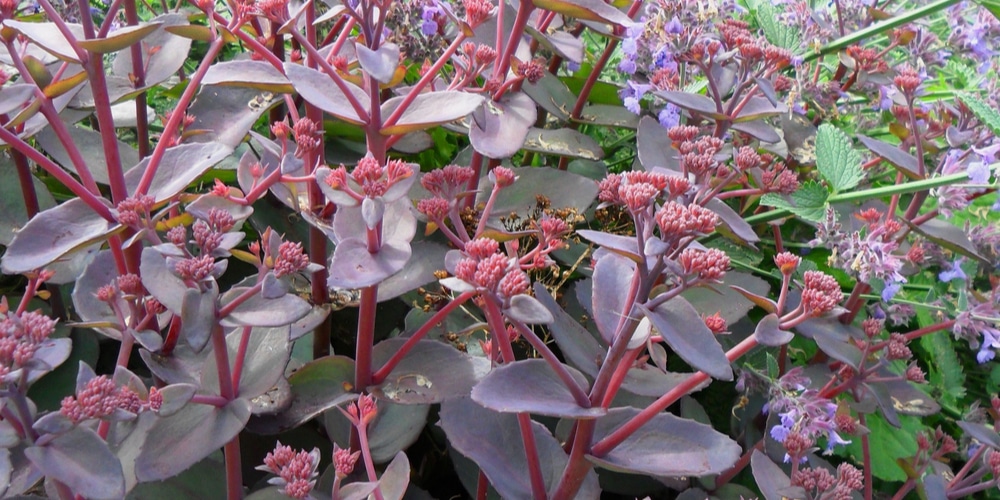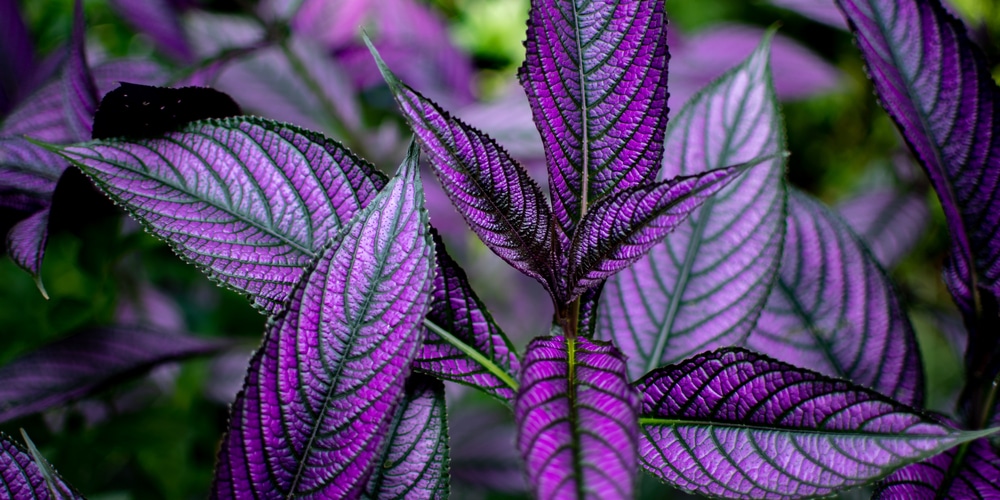Trees add shade and flowering blooms to your yard. They also look beautiful, especially the ones with different colored leaves. Trees with purple leaves are very eye catching and attractive.
Trees with purple leaves
If you want extra visual oomph, take a look at these 12 trees with purple leaves.
Purple Leaf Acacia
One of the most striking purple-leafed trees around, the Purple Leaf Acacia is the very definition of a royal stunner. You can grow it in USDA zones 9 through 11 and where it gets partial sunlight and loamy soil.
The shrub only grows to around 15 feet tall and boasts a wealth of lavender leaves that are truly a marvel to look at. You’ll also love how it can tolerate missed waterings and hot days come summer time.
Japanese Maple
Japanese Maple Trees are your choice if you want showy purple leaves. Some of the best species include Atropurpureum, Burgundy Lace, Tamukeyama, Garnet and Sherwood Flame. You’ll also be glad to know that it thrives in a wide range of zones, from 4 to 8 and quite well too.
It can grow up to 25 feet but you can choose the smaller varieties depending on what you want. In hotter climates it’s recommended to put it in partial shade, while in cooler zones full sun is required.
Elderberries
Much like Japanese maples there are several variants of elderberry shrubs that have purple leaves, including Purpurea, Black Beauty, Thundercloud and Black Lace. As a shrub it doesn’t require too much space and pairs nicely with other shrubs and plants.
The tree can be grown in zones 3 to 8. The real surprise is the flowers that turn into fruits and can be eaten fresh or made into jelly, jam or pie.
Profusion Crabapple
Profusion Crabapples are the perfect choice for a quick pop of color in your garden. You can try other varieties, including Purple Prince, Radiance, Thunderchild and Royalty, just to name a few.
Aside from the purple leaves you also get to witness large, purple-red flowers that change into soft pink as time passes. It grows well in zones 4 to 8 and requires well-draining soil (any type) and full sunlight. Gardeners will love how easy it is to maintain and how it’s mostly not affected by pests.
Cherry Plum
Cherry Plum is the very definition of an ornamental tree for a beautiful landscape effect. Its presence alone is magnificent, and when it starts producing buds then you’re in for a show.
The leaves and twigs are purple and serve as a contrast to the light pink blooms that come in the spring season. The foliage also turns from bronze purple into dark red in summer, then light red in fall.
Chaste Tree
If you’re looking for a useful tree with purple leaves then you have to get the Chaste Tree. It thrives in regions 6 to 9 with loose and well-draining soil and a sunny spot in your yard. If it’s happy it can reach up to 10 feet tall and 8 feet wide.
Chaste Trees are infamous for its color-transforming foliage throughout the growing season.
Barberries
Barberries may have a few downsides but there’s no denying the color they bring to your garden. If you can put up with the thorns and its invasive nature you’ll find that they adapt quite well and put up a color show every year.
It’s a shrub that’s relatively compact and grows up to 6 feet or so. Keep it well away from human traffic and where there are pets or children so you can enjoy its beauty without risks. Barberries are also highly adaptable and grow in zones 4 to 8.
Purple Pony Cherry
Interesting name aside, the Purple Pony Cherry has that dwarf form which makes it great in virtually any space. It’s only about 10 feet in height but has a magnificent spread of purple leaves branching out in a flame pattern.
You can grow the Purple Pony Cherry tree in zones 5 to 9 and in full or partial sun and well-draining loamy soil. The burgundy leaves make way for the pale pink flowers that appear in spring.
Copper Beech
Have a huge landscape gap to fill and are looking for a tree that does it all? You can’t go wrong with the Copper Beech tree. Plant a small Copper Beech and watch it as it grows into maturity and up to a whopping 80 feet in height.
It’s a deciduous specimen that boasts green yellow flowers and shiny burgundy leaves. The flowers turn into an edible fruit throughout the growing season.
Forest Pansy
Forest Pansy, or Cercis canadensis is a versatile plant that can be grown as a shrub or a small tree with multiple stems. In terms of purple foliage, the front of the leaves are deep purple but when you turn it around you get green veins running in a light magenta background.
The leaves turn from purple to burgundy in summer and then to scarlet, orange and gold in autumn. It’s a must-watch natural show for gardeners and plant enthusiasts alike.
Choose a bright spot in your yard and plant it with well-draining soil for the best results.
Xenox
Xenox, or Sedum telephium, boasts beetroot-purplish leaves that assume a downward shape. Its color deepens when buds are formed and stand tall at the end of fleshy stalks.
The plant only grows up to 30 centimeters in length and is an excellent addition to borders and with others. Just put them in a location with bright, partial sunlight and remember to water every now and then.
Persian Shield
Persian Shield is technically not a tree, but it’s a plant that deserves special mention. No other trees with purple leaves come close to this fine specimen in terms of foliage design. It shimmers and boasts neon purple colors with a silver sheen, which is made more pronounced by the dark green veins.
Persian Shield thrives in zones 10 to 11 and can be planted in a container for the rest. It loves warmth and humidity, as well as shade and filtered light. Pot it or plant it outside in rich organic soil.
Related Article: Trees With Red Leaves All Year Round
